-
Sale!

-
Sale!

-
Sale!

-
Sale!

Kids 50mm Refractor Telescope With Tripod, STEM Toy, Astronomy Space Science Bird Watching Nature - Item 200069
Price: $154.99Sale: $147.24 -
Sale!

-
Sale!

Kids Adventure Digital Telescope With Tripod, STEM Toy, Astronomy Space Science Bird Watching Nature - Item 200093
Price: $139.99Sale: $132.99 -
Sale!

Stargazer Astronomy T-Shirt, Mens/Womens, Black, Fitted, Night Sky Science T Shirts - Item 140177-BLK
Price: $27.99Sale: $25.19 -
Sale!

-
Sale!

-
Sale!

How to Measure Distances in the Night Sky
Products You Might Like: View below ⬇️
This guide helps you to quickly estimate the angular distance between celestial objects in the night sky. Measuring distances tells you how far apart two objects are and also helps you locate other objects you may be trying to find. For example, if someone tells you that Saturn is located 10 degrees above the horizon, it is easier to locate it using the guide below than to guess where it might be. See the following example on how to determine angular distances.
EXAMPLE: You want to determine the approximate angular distance between the Moon and the bright, white star (see picture below). Place your arm outstretched in front of you. Using the guide below, position your hand until the Moon and star fall at the outer edges of your hand or fingers. In this example, you can see that the width of your fist best fits between the Moon and star, which represents an angular distance of 10 degrees.
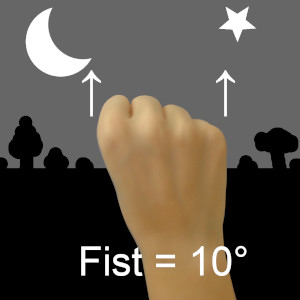
|
One Degree (1°) Your pinky finger covers about 1° of the sky. |
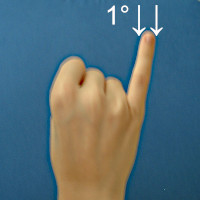 |
|
Two Degrees (2°) Your thumb covers about 2° of the sky. |
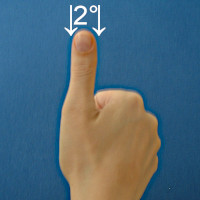 |
|
Five Degrees (5°) Your first three fingers cover about 5° of the sky. |
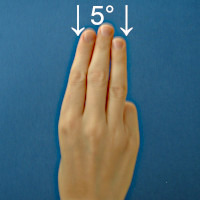 |
|
Ten Degrees (10°) Your fist covers about 10° of the sky. |
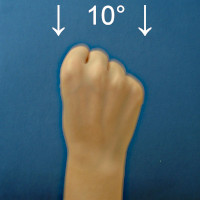 |
|
Fifteen Degrees (15°) Your outstretched index finger and pinky finger cover about 15° of the sky. |
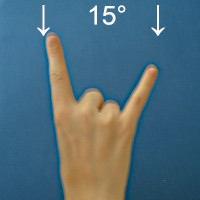 |
|
Twenty-Five Degrees (25°) Your outstretched thumb and pinky finger cover about 25° of the sky. |
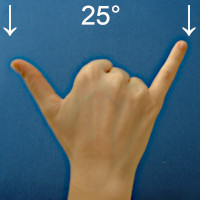 |
© 2020 Lexi's Garage

Follow the fun on social media & get FREE offers and deals!
![]()
![]()
![]()
![]()
 Don't Miss Out!
Don't Miss Out!


